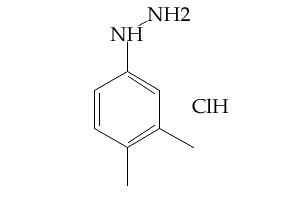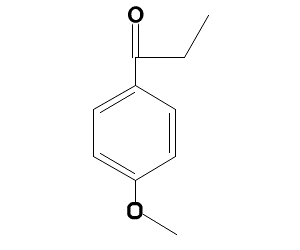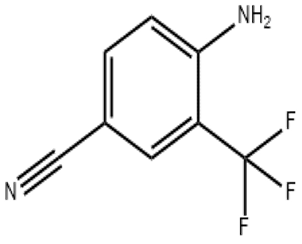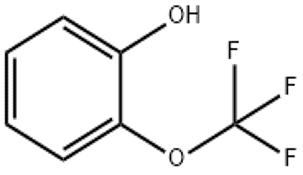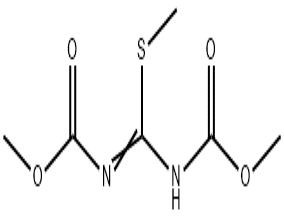3 4-Dimethylphenylhydrazine hydrochloride(CAS# 60481-51-8)
| Hazard Symbols | Xi – Irritant |
| Risk Codes | 36/37/38 – Irritating to eyes, respiratory system and skin. |
| Safety Description | S26 – In case of contact with eyes, rinse immediately with plenty of water and seek medical advice. S36 – Wear suitable protective clothing. |
| WGK Germany | 3 |
Introduction
3,4-Dimethylhydrazine hydrochloride is an organic compound with the chemical formula C8H12N2 · HCl. The following is a brief description of its nature, use, formulation and safety information:
Nature:
-Appearance: 3,4-Dimethylphenylhydrazine hydrochloride are usually colorless to pale yellow crystals.
-Solubility: It has a certain solubility in water, but also soluble in alcohols and ether solvents.
-Melting point: Its melting point is 160-162°C.
-Toxicity: 3,4-Dimethylphenylhydrazine hydrochloride has certain toxicity and should be used safely.
Use:
-Chemical reagent: 3,4-Dimethylphenylhydrazine hydrochloride can be used as an organic synthesis intermediate for the synthesis of other compounds or materials.
-Pharmaceutical research: It is also used in the field of medicine research, such as synthetic drugs and other organic compounds derivatives.
Preparation Method:
The preparation method of 3,4-Dimethylphenylhydrazine hydrochloride can be carried out by the following steps:
1. First, 3,4-dimethylaniline is dissolved in an appropriate amount of alcohol solvent.
2. Then, the hydrochloric acid solution is used to react with the solution, and a precipitate will be generated at this time.
3. Finally, the precipitate is collected and dried to obtain 3,4-Dimethylphenylhydrazine hydrochloride.
Safety Information:
- 3,4-Dimethylphenylhydrazine hydrochloride has a certain degree of danger and may cause damage to human health. Therefore, in the use of the process should pay attention to comply with the relevant safety procedures.
-It should be placed in a sealed container, away from fire and oxidizing agents, and stored in a cool, dry place.
-When using, should wear appropriate protective equipment, such as laboratory gloves, goggles and laboratory coat.
-When handling this compound, avoid inhaling its dust or solution, as well as contact with skin and eyes.
-After use, waste should be disposed of properly and local environmental protection regulations should be observed.


